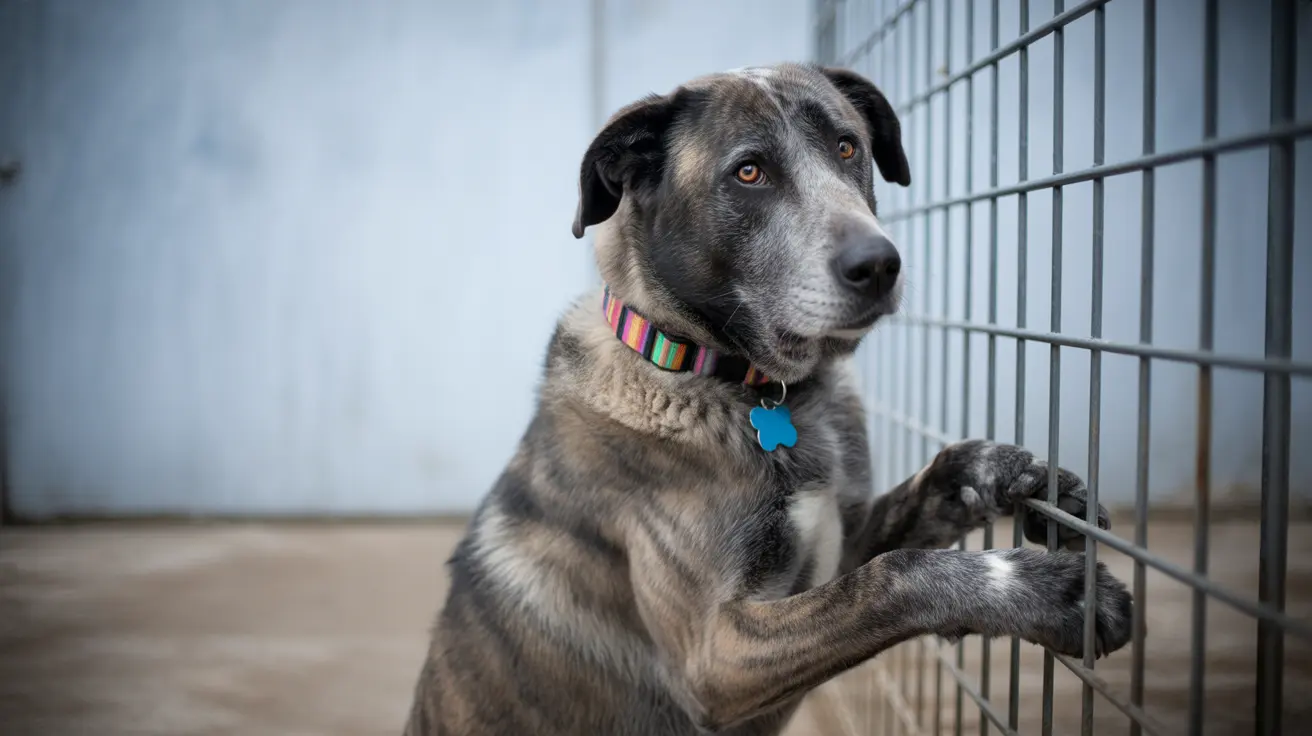While we often hear about humans being allergic to dogs, you might be surprised to learn that dogs themselves can develop allergic reactions to other canines. Though relatively rare compared to other types of allergies, understanding this phenomenon is crucial for pet owners who notice their dogs experiencing unusual symptoms after interacting with other dogs.
In this comprehensive guide, we'll explore the science behind dog-to-dog allergies, how to identify symptoms, and what you can do to help your furry friend if they're showing signs of allergic reactions to other dogs.
Understanding Dog-to-Dog Allergies
When a dog experiences an allergic reaction to another dog, it's typically not a straightforward case of being allergic to the other animal itself. Instead, the reaction usually occurs due to proteins found in the other dog's dander, saliva, or substances carried in their fur. These proteins can trigger an immune response in sensitive dogs, leading to various uncomfortable symptoms.
Common Symptoms of Dog-to-Dog Allergies
Physical Signs
Dogs experiencing allergic reactions to other canines may show several telltale symptoms:
- Excessive scratching or licking
- Red, irritated skin
- Hives or rashes
- Watery eyes
- Sneezing
- Coughing or wheezing
Behavioral Changes
You might also notice behavioral indicators such as:
- Increased restlessness
- Avoidance of certain dogs
- Rubbing against furniture or carpets
- Excessive paw licking
Diagnosis and Testing
Veterinarians use several methods to determine if a dog is truly allergic to other dogs:
- Intradermal skin testing
- Blood tests for specific allergens
- Elimination trials
- Detailed medical history review
Treatment Options and Management
Medical Interventions
Several treatment options are available for managing dog-to-dog allergies:
- Antihistamines
- Corticosteroids
- Immunotherapy
- Medicated shampoos
- Topical treatments
Environmental Management
Creating an allergen-controlled environment can help minimize reactions:
- Regular cleaning and vacuuming
- Air purification systems
- Frequent bathing of all dogs in the household
- Separate living spaces when necessary
Prevention Strategies
While you can't completely prevent allergic reactions, you can take steps to minimize their occurrence:
- Monitor interactions with new dogs
- Keep your dog's immune system healthy
- Maintain regular grooming routines
- Work with your veterinarian on a prevention plan
Frequently Asked Questions
Can dogs really be allergic to other dogs, and how common is this?
Yes, dogs can be allergic to other dogs, though it's relatively uncommon. These allergies typically manifest as reactions to proteins in another dog's dander or saliva, rather than to the dog itself. This condition affects less than 10% of dogs with allergies.
What symptoms indicate my dog might be allergic to another dog's dander or saliva?
Common symptoms include excessive scratching, red or irritated skin, hives, watery eyes, sneezing, and respiratory issues. Some dogs may also show behavioral changes like increased anxiety or avoidance of other dogs.
How do veterinarians diagnose if my dog is allergic to another dog or other allergens?
Veterinarians use a combination of methods including skin testing, blood tests, and elimination trials. They also consider the dog's medical history and pattern of symptom occurrence in relation to exposure to other dogs.
What treatments are available if my dog is allergic to another dog?
Treatment options include antihistamines, corticosteroids, immunotherapy, medicated shampoos, and topical treatments. Environmental management strategies, such as air purification and regular cleaning, can also help reduce symptoms.
How can I prevent or manage allergic reactions in my dog when introducing new dogs or visiting dog parks?
Monitor your dog's reactions closely, maintain regular grooming routines, consider pre-emptive antihistamines (with veterinary approval), and gradually introduce exposure to other dogs. If symptoms occur, remove your dog from the situation and consult your veterinarian.
Remember, if you suspect your dog has allergies to other dogs or any other substances, always consult with a veterinarian for proper diagnosis and treatment. With proper management and care, most allergic dogs can live happy, comfortable lives alongside their canine companions.






